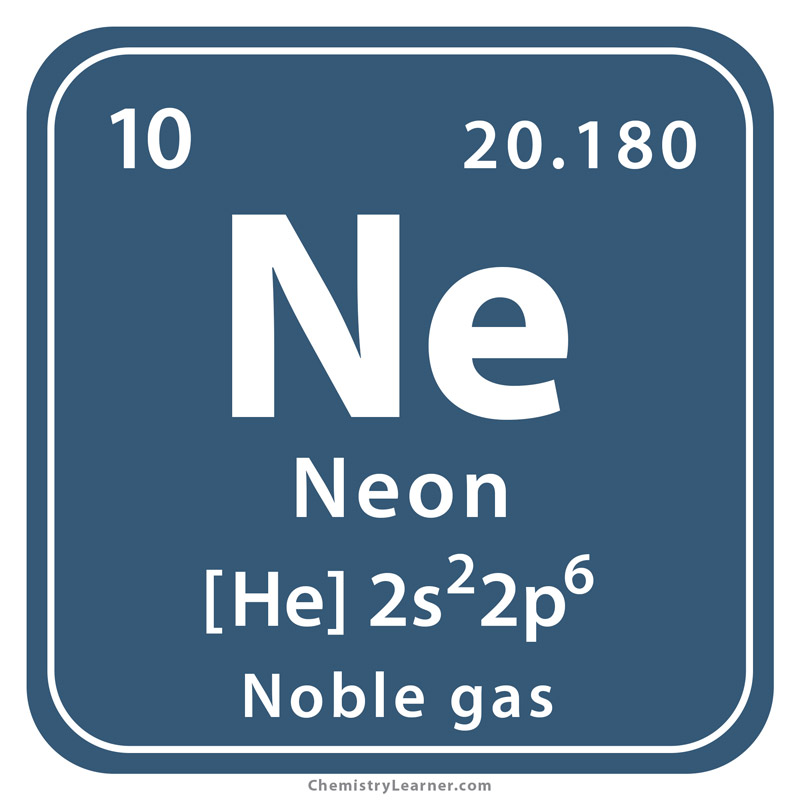Neon Element Physical State At Room Temperature

Although neon is the fourth most abundant element in the universe only 0 0018 of the earth s atmosphere is.
Neon element physical state at room temperature. The noble gases have high ionization energies and negligible electronegativities. Like krypton neon was discovered through the study of liquefied air. In 1898 hugo erdmann coined the phrase noble gas to reflect the low reactivity of these elements in much the same way as the noble metals are less reactive than other metals. The temperature at which the liquid gas phase change occurs.
The fact that neon is a gas at room temperature is a physical property. Neon is not a chemical property. They both froze argon sample with the help of liquid air and slowly evaporated argon under low pressure to collect the new gas. Relative atomic mass the mass of an atom relative to that of.
Density g cm 3 density is the mass of a substance that would fill 1 cm 3 at room temperature. It is in small amounts in the air and it is hard to obtain a pure sample making it rather expensive. Neon ne chemical element inert gas of group 18 noble gases of the periodic table used in electric signs and fluorescent lamps colourless odourless tasteless and lighter than air neon gas occurs in minute quantities in earth s atmosphere and trapped within the rocks of earth s crust. If you could gather all the neon from the rooms in a typical new home in the united states you would get 10 liters 2 gallons of neon gas.
The noble gases have low boiling points and are all gases at room temperature. It is a substance with its own set of physical and chemical properties. Although it is relatively rare on our planet neon is the fifth most abundant element in the universe. Most of the metals are solids under ordinary conditions i e 25ºc 1 atmosphere of pressure etc with the exception of mercury hg element 80 which solidifies.
Neon has the smallest temperature range 2 6 degrees c or 4 7 degrees f for which it is a liquid according to chemicool. Sublimation the transition of a substance directly from the solid to the gas phase without passing through a liquid phase. In the periodic table above black squares indicate elements which are solids at room temperature about 22ºc those in blue squares are liquids at room temperature and those in red squares are gases at room temperature. At room temperature neon is a gas.
Neon along with helium argon krypton and xenon make up the group. Neon was discovered by sir william ramsay a scottish chemist and morris m. Travers an english chemist shortly after their discovery of the element krypton in 1898.














































